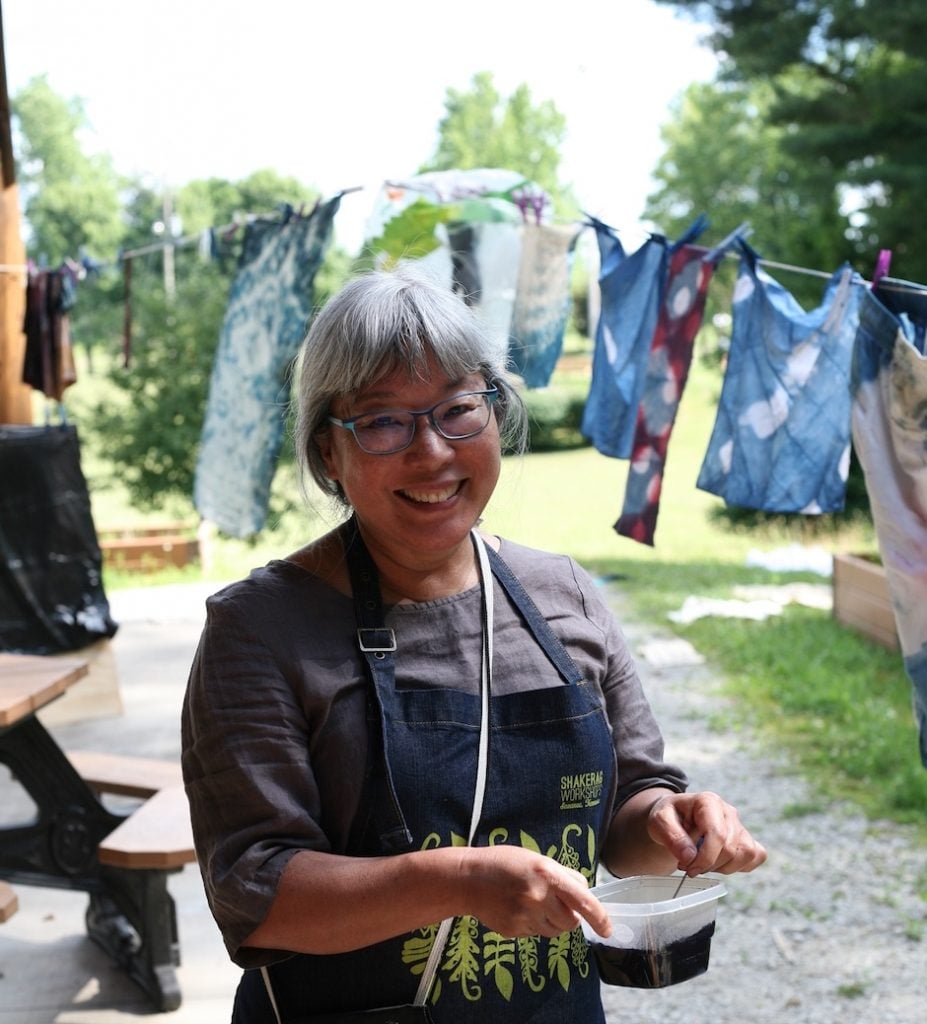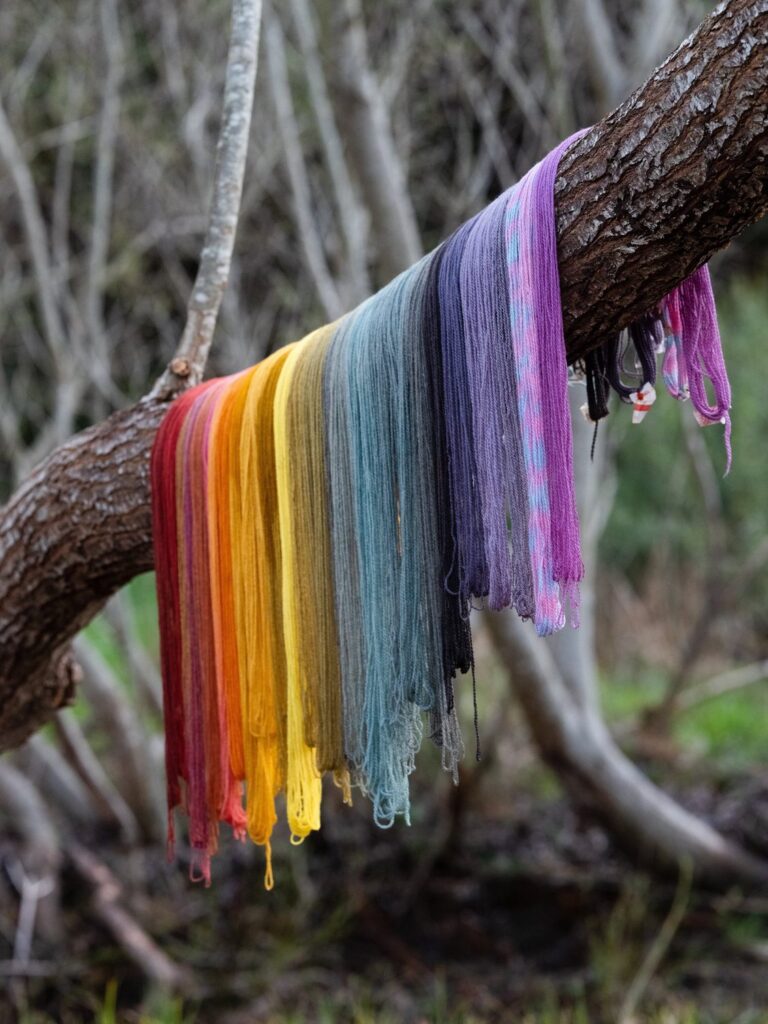
We are so excited to announce that Botanical Colors was awarded one of five technical assistance grants from Fibers Fund, a project of Sustainable Agriculture and Food Systems Funders (SAFSF) and Fibershed with Mission Driven Finance.
All five grants were given to support and grow U.S. fiber, textile, and dye businesses.
Botanical Colors joins Oregon-based Fibrevolution profiled in the SAFSF Fibers Roadmap Case Studies. Both businesses have helped inform the development of the Fibers Fund from the beginning.
The next set of grants supports a critical new group of businesses for the Fibers Fund, the Black Fiber Cohort. This cohort will provide tailored support to Black fiber entrepreneurs as their businesses develop and better position Black businesses to secure other forms of capital in the future.
We invite you to learn about all the grantees here on the Fibers Fund website.
We thought it appropriate for this Sunday visit to sit down with Botanical Colors’ President Kathy Hattori. We asked Kathy about the future of natural dyeing and of course, what role Botanical Colors intends to play in it.
Talk about how you’ve seen natural dyes evolve in the fashion and textile industry since you first started 30 years ago.
Natural dyes were not even a part of the fashion conversation 30 years ago. Except for a handful of brands who were experimenting with artisans or culturally inspired fashion, it was actually viewed as “exotic.” There were glimmers of a fledgling effort to celebrate cultural color and support artisans around the globe. Today, natural dyes and fibers are developing into viable options worldwide. There’s even a movement to reuse waste streams to grow or extract color.
What do you think Botanical Colors represents within the dye community?
We strive to offer the highest quality products, support and inspiration for the natural dye community. Natural dyes are now everywhere as people learn how to use and grow them. With that, the barrier to entry can be low. But buying them and becoming more proficient in using them is another thing. We cater to all levels through classes and through all of our free programming and resources on our site. Our vision is to be a go-to hub for natural dye supplies for artisans and industry.
We tend to wear a lot of hats to be of service to our community.

How is this grant going to help Botanical Colors?
Like many growing businesses, our infrastructure hasn’t changed while our needs have evolved. We want access to clear information on all aspects of the business. This isn’t the glamorous part, but it’s essential for understanding and insights and planning. So the grant will help us become more efficient and help us communicate more clearly.
Talk about the future of natural dyes and what excites you most.
Climate change is top of mind. We are actively working to create solutions for natural dyes to become part of the restorative and regenerative story. After many years of serving the artisan market, we are now growing our production services for like-minded brands and partners. I feel this will be transformative for our company and the industry.

Comments are closed.